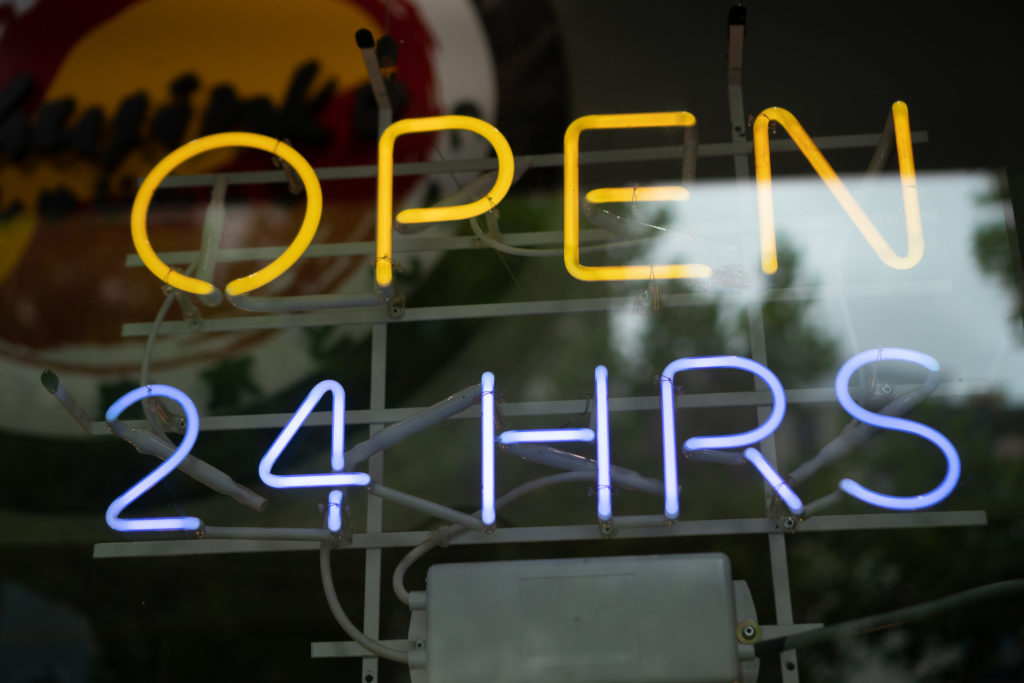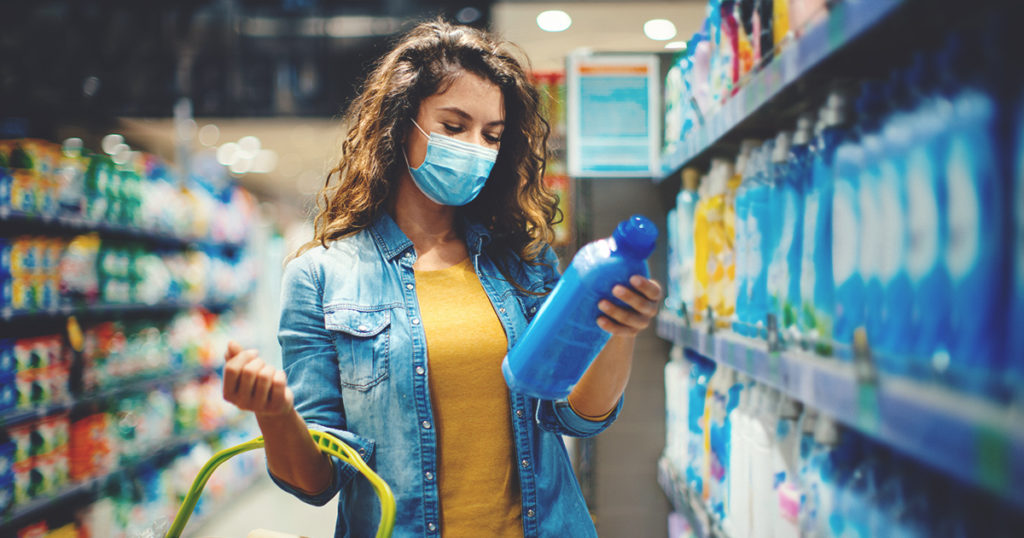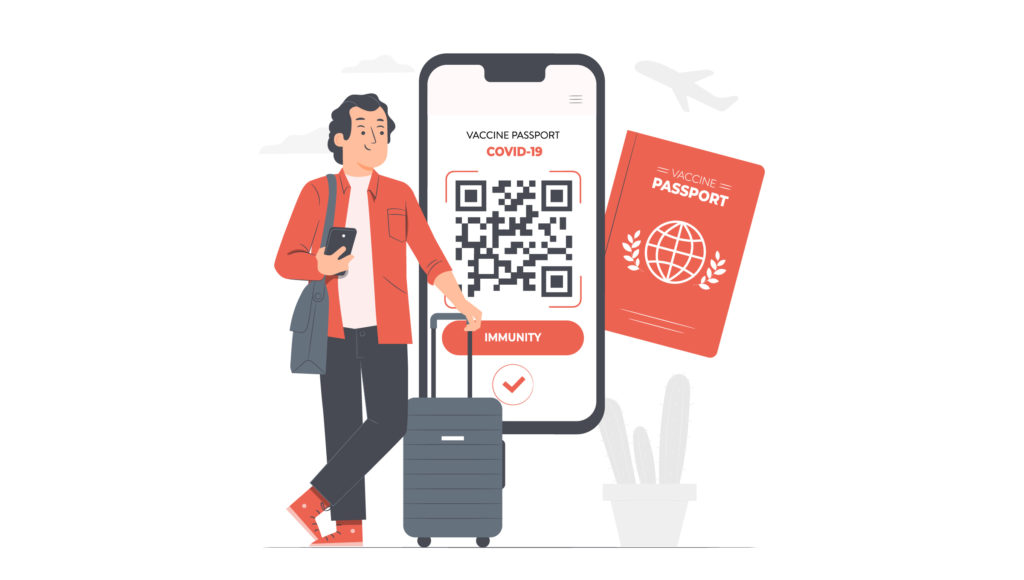Information correct as of 21 May 2020. Please note that the rules around restrictions may change in the coming days and weeks. For the most up-to-date restrictions, please visit the relevant state websites below.
With the weekend just around the corner, you’re probably wondering what you can and can’t do, and who with. As Australia continues to flatten the curve of COVID-19 cases, some restrictions are being lifted. Let’s run through the current coronavirus restrictions in Australia.
Australian Capital Territory
On 30 April 2020, the ACT became the first Australian state or territory to neutralise COVID-19, with no active cases. Restrictions have currently eased to allow:
- Indoor and outdoor gatherings of a maximum of 10 people
- Restaurants and cafés (and pubs and clubs with dining) allowing up to 10 seated patrons at one time
- Outdoor bootcamps and other personal fitness training can be held for a maximum of 10 people (but note, this does not allow the sharing of equipment).
Indoor spaces have to allow for 1 person every 4 square metres, so you will also notice restrictions on the number of customers that stores can have.
For detailed information on restrictions in ACT, click here.
New South Wales
From 15 May 2020, the following is allowed for people in New South Wales:
- Public gatherings of up to 10 people
- Restaurants, cafés, and other food and drink premises allowing a maximum of 10 customers at one time
- Up to 5 visitors in a household at one time
- Religious gatherings and places of worship can have up to 10 worshippers
- Outdoor pools reopened (with restrictions)
Upcoming changes include the following (from 1 June):
- Travel to regional NSW for a holiday (for example, ski fields)
- Trips to museums, galleries and libraries
For detailed information on restrictions in New South Wales, click here.
Northern Territory
In the Northern Territory, a 10-person limit on indoor and outdoor gatherings remains. Since 1 May 2020, fishing, camping, outdoor gatherings, pools, water parks, boating, sailing and playing non-contact sports have been allowed, and playgrounds have reopened. Since 15 May 2020, additional activities are allowed, including going to the gym, eating at restaurants, visiting museums and non-facial cosmetic procedures (like manicures), however, there is a two-hour time limit on all of the above.
All sporting activities with spectators will restart from 5 June.
A list of parks and recreation areas that are open and no longer subject to restrictions is available here, but note that Kakadu, Uluru and Nitmiluk are still closed to the public.
Strict border controls are still in place in the Northern Territory, and existing quarantine arrangements remain in place.
For detailed information on restrictions in NT, click here.
Queensland
From 15 May 2020, Queensland introduced a range of eased restrictions including:
- Allowing gatherings in homes (for the household plus a maximum of 5 visitors)
- Allowing gatherings of up to 10 people outdoors (including for personal training, pools, libraries and places of worship)
- Retail shopping
- Dining in restaurants and other food and drink premises (excluding bars)
- Beauty therapy and nail salons.
The next easing of restrictions are planned for 12 June 2020.
The Queensland border remains closed.
For detailed information on restrictions in Queensland, click here.
South Australia
From 11 May 2020, restrictions in South Australia were eased to allow the following with a maximum of 10 people:
- Open houses and inspections
- Community and youth centres to reopen
- Local government libraries to reopen
- Places of worship to reopen
- Public swimming pools
Social gatherings, indoors and outdoors, are still limited to 10 people, and social distancing must be practised.
Further restrictions will be eased on 5 June 2020.
The South Australian border remains closed.
For detailed information on restrictions in South Australia, click here.
Tasmania
A range of restrictions have been eased in Tasmania including:
- Allowing restaurants and cafés to reopen for table service (with a maximum of 10 diners)
- Gatherings, including at community and local government facilities, religious ceremonies and weddings (to a maximum of 10 people)
- Up to 5 visitors in a household (in addition to household residents)
- Outdoor sports and recreation, including indoor and outdoor pools (for up to 10 people)
All non-essential travellers arriving in Tasmania must enter a 14 day quarantine.
For detailed information on restrictions in Tasmania, click here.
Victoria
As outlined by the Victorian Government website, as of 12 May 2020, people in Victoria may only be out for the following five reasons:
- Shopping for what you need – food and essential supplies
- Medical, care or compassionate needs
- Exercise in compliance with the public gathering requirements
- Work and study if you can’t work or learn remotely
- Visiting friends and family – if you really need to (to a maximum of 10 visitors outdoors and 5 indoors)
Fines will apply if you do not comply.
For detailed information on restrictions in Victoria, click here.
Western Australia
Western Australia has implemented a 20-person maximum restriction on the following activities:
- Public gatherings (indoors and outdoors)
- Dining out
- Fitness and recreation
- Using community facilities (including places of worship and community libraries).
Regional travel is now allowed (excluding certain bio-security zones), and people in WA are encouraged to return to work (unless you feel unwell or vulnerable).
The Western Australian border remains closed.
For detailed information on restrictions in Western Australia, click here.
What next?
On Friday 8 May 2020, the Federal Government announced the new ‘3 Step Framework for a COVIDSafe Australia’, which you can see here. States and territories are all at different ‘Steps’ and will announce when they will be moving onto the next ‘Step’ individually. Stay updated through local government websites.
Prime Minister Scott Morrison has said that Australia has met 11 out of 15 conditions required to relax the restrictions. A condition that still needs to be ticked off, according to the Prime Minister, is downloading the COVIDSafe app to ensure accurate tracing of cases. Scott Morrison has emphasised that more people need to download the app in order to see restrictions lifted.
You can watch any Federal Government announcements live via the official Facebook page.





